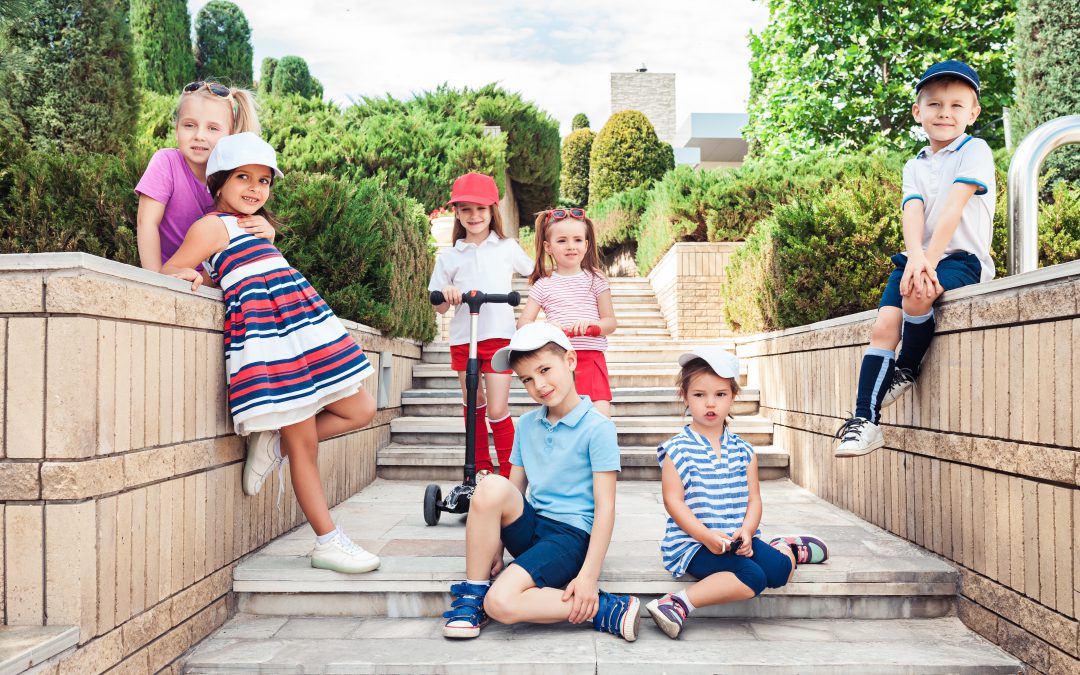When it comes to kids’ clothing, it’s not just about style and comfort. Colors play a significant role in shaping children’s moods and emotions. The hues and shades chosen for their outfits can have a subtle yet profound impact on how they feel and interact with the world around them. In this blog post, we’ll take a colorful journey into the realm of color psychology and explore how different colors can influence the moods of children, helping you make informed choices when selecting clothing for your little ones.
1. The Science of Color Psychology:
-
- Delving into the basics of color psychology and how colors can evoke emotional responses.
- Understanding how colors can stimulate various areas of the brain and influence mood and behavior.
2. Red: Energetic and Bold:
-
- Exploring the vibrant and energetic nature of the color red.
- Discussing how red can stimulate excitement and enthusiasm in kids.
- Highlighting scenarios where red might be a great choice for children’s clothing.
3. Blue: Calm and Soothing:
-
- The calming effects of the color blue on children’s minds.
- How blue can promote relaxation and tranquility, making it ideal for certain situations.
- Incorporating blue hues into kids’ clothing for peaceful and serene vibes.
4. Yellow: Happy and Playful:
-
- Unveiling the cheerful and sunny disposition of yellow.
- How yellow can promote happiness and playfulness in children.
- Using yellow accents in kids’ outfits to enhance their mood.
5. Green: Nature’s Comfort:
-
- The soothing and harmonious qualities of green.
- Discussing how green can connect children with nature and instill a sense of balance.
- Infusing kids’ wardrobes with green tones for a touch of natural serenity.
6. Pink: Affection and Innocence:
-
- The tender and affectionate side of pink hues.
- How pink can evoke feelings of love, empathy, and innocence in children.
- Embracing pink in kids’ clothing to create a sense of warmth and care.
7. Purple: Creativity and Imagination:
-
- The imaginative and creative potential of the color purple.
- Discussing how purple can inspire artistic expression and open the doors to fantasy.
- Using purple accents to encourage kids’ creativity through their clothing choices.
8. Choosing the Right Colors for Different Occasions:
-
- Tailoring color choices based on the situation, such as playtime, school, or special events.
- Creating color-themed outfits to match the desired mood or activity.
Conclusion: In the colorful world of kids’ clothing, the power of color psychology can’t be underestimated. By understanding how different colors influence children’s moods, you can curate a wardrobe that not only reflects their unique personalities but also enhances their emotional well-being. Whether it’s vibrant reds, soothing blues, cheerful yellows, or any other hue, each color holds the potential to shape memorable experiences and enrich their journey through childhood. So, the next time you’re shopping for kids’ clothing, remember to let the colors speak volumes about the joy and happiness you want to bring into their lives.



Recent Comments